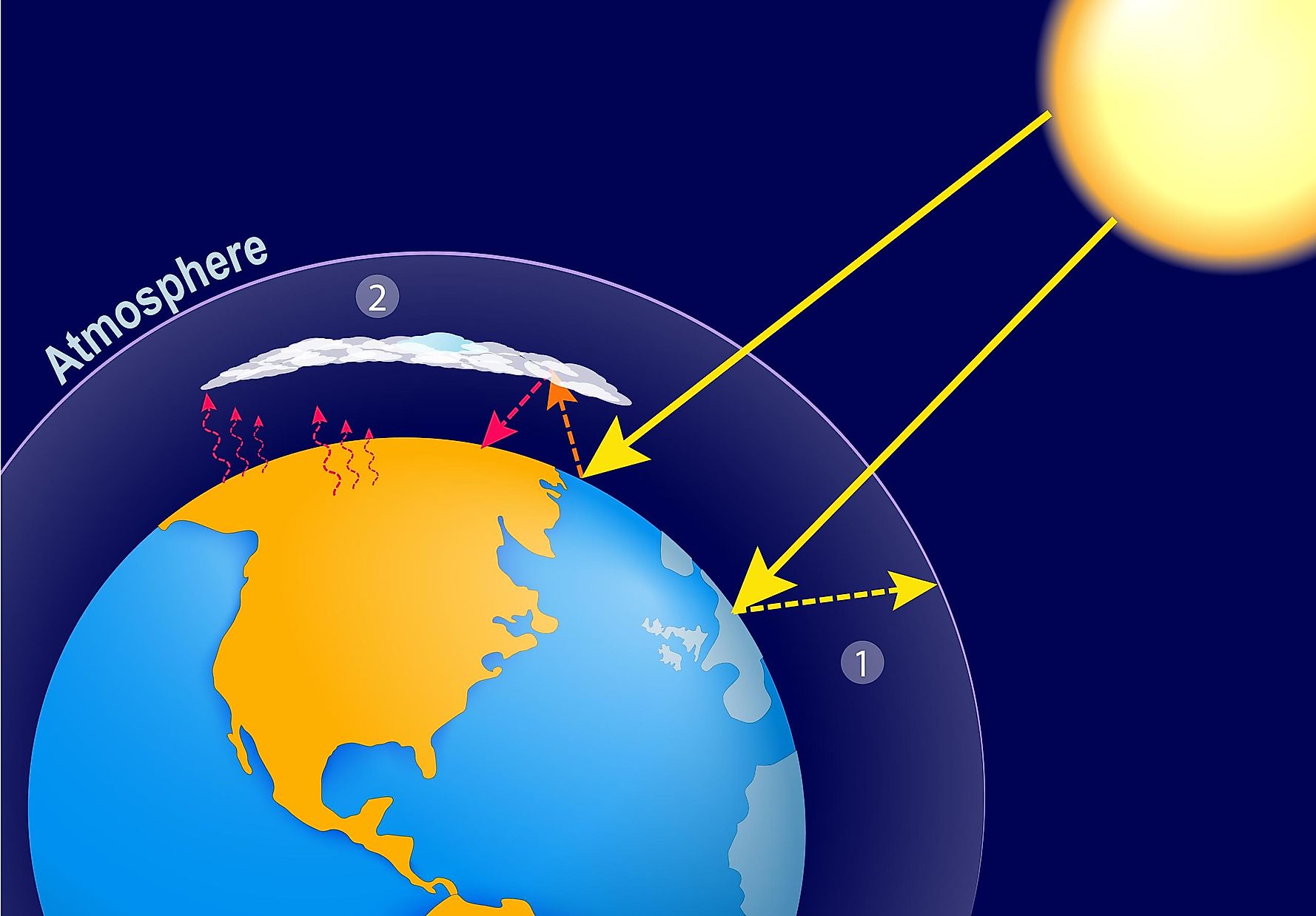Imagine climbing into your car and blasting off straight upwards. If such a feat were possible, how long would it take to reach the edge of space? Surprisingly, the answer isn't thousands of miles or days of travel. This article explores the fascinating reality – it would only take about an hour to reach space, if air resistance weren't a factor. We'll delve into the composition of Earth's atmosphere, its gradual transition into space, and the realities of space travel.
Not a Cliff Edge: Understanding the Fading Boundary of Our Atmosphere
The concept of a car hurtling towards space in an hour might seem fantastical. After all, when we gaze upwards, the sky appears to have a distinct blue ceiling. However, this is an illusion. Our atmosphere, the layer of gases that surrounds Earth, doesn't have a sharp boundary. Instead, it thins gradually as we move outward, eventually merging with the near-vacuum of space.
The mix of gases that makes up this vital protective layer is simply called air. Air is primarily composed of nitrogen (around 78%) and oxygen (around 21%). Trace amounts of other gases, such as argon, carbon dioxide, and water vapor, also contribute to the overall composition.
The density of air is highest at Earth's surface, where the pull of gravity concentrates the majority of the atmosphere. As we move upwards, the air becomes thinner and thinner. This decrease in density is not uniform; the higher we go, the faster the air thins out.
The Kármán Line: A Symbolic Boundary
So, if there's no clear-cut edge to our atmosphere, where exactly does space begin? This is where the concept of the Kármán Line comes in. Defined at an altitude of 100 kilometers (62 miles) above sea level, the Kármán Line is not a physical barrier. It's more of a symbolic demarcation point where the rules of aeronautics give way to the principles of astronautics.
Below the Kármán Line, air density is sufficient to provide lift for aircraft like airplanes and helicopters. Beyond this line, the air becomes so thin that traditional flight becomes impractical. Objects like spacecraft require significant thrust and orbital mechanics to stay aloft.
The Challenges of Space Travel: Beyond the Hour-Long Illusion
The idea of reaching space in just an hour with a car is a fun thought experiment, but the reality of space travel is far more complex. There are several key challenges that make such a feat impossible:
- Air Resistance: Even at high altitudes, air resistance would still be a significant factor. A car wouldn't be able to achieve the escape velocity (around 11.2 kilometers per second or 6.9 miles per second) needed to overcome Earth's gravity and enter orbit.
- Heat Generation: The friction caused by air resistance would generate immense heat, potentially damaging the car and endangering the occupants. Spacecraft are specially designed to withstand the extreme heat generated during atmospheric re-entry.
- Fuel Consumption: A car's engine wouldn't be efficient enough to propel it to the escape velocity needed for space travel. Spacecraft utilize powerful rockets that burn highly specialized fuels.
Reaching for the Stars: The Realities of Spaceflight
While a car ride to space is a delightful thought, space travel requires meticulously planned and executed missions. Rockets, specifically designed to overcome the challenges mentioned above, are the primary vehicles for space exploration. These rockets generate tremendous thrust, allowing them to break free of Earth's gravity and propel payloads into space.
Space travel is a complex endeavor, requiring sophisticated technology, highly trained astronauts, and meticulous mission planning. From low Earth orbit missions to deep space exploration, space agencies around the world are constantly pushing the boundaries of human spaceflight.
Tags:
Cosmology

